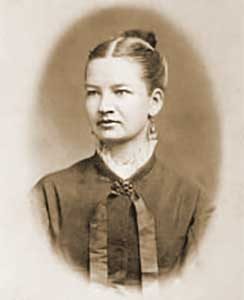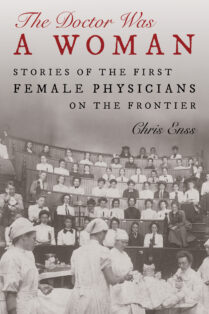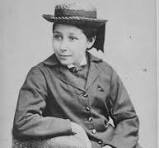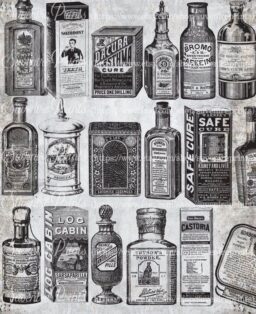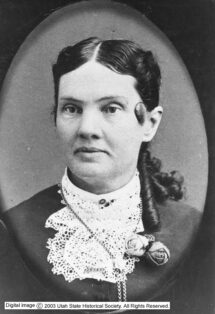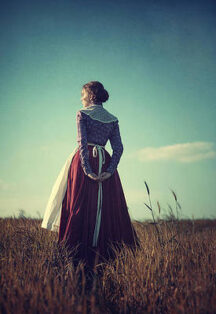Enter now to win a copy of
The Doctor Was A Woman: Stories of the First Female Physicians on the Frontier
Women heading West with their families in the mid-1800s were responsible not only for preparing food and making it last through the journey but were also in charge of the overall healthcare for the others. Armed with herbal medicine kits and journals filled with remedies, women administered doses of juniper berries, garlic, and bitter roots to cure the ailing. These “granny remedies,” as they were called, were antidotes for a variety of illnesses from nausea to typhoid. There were a combination of superstition, religious beliefs, and advice passed down from generation to generation.
The following are a few of those “granny remedies” that explains why historians refer to this time period as the “Golden Age of Medical Quackery.”
The hot blood of chickens cures shingles.
Carry a horse chestnut to ward off rheumatism.
Sassafras tea thickens the blood.
The juice of a green walnut cures ringworms.
To remove warts, rub them with green walnuts, bacon rind, or chicken feet.
Mashed snails and earthworms in water are good for diphtheria.
Boiled pumpkin seed tea for stomach worms.
Use wood ashes or cobwebs to stop excessive bleeding.
Mashed cabbage for ulcers or cancer of the breast.
Owl broth cures whooping cough.
To learn more about granny remedies read
The Doctor Was A Woman: Stories of the First Female Physicians on the Frontier
